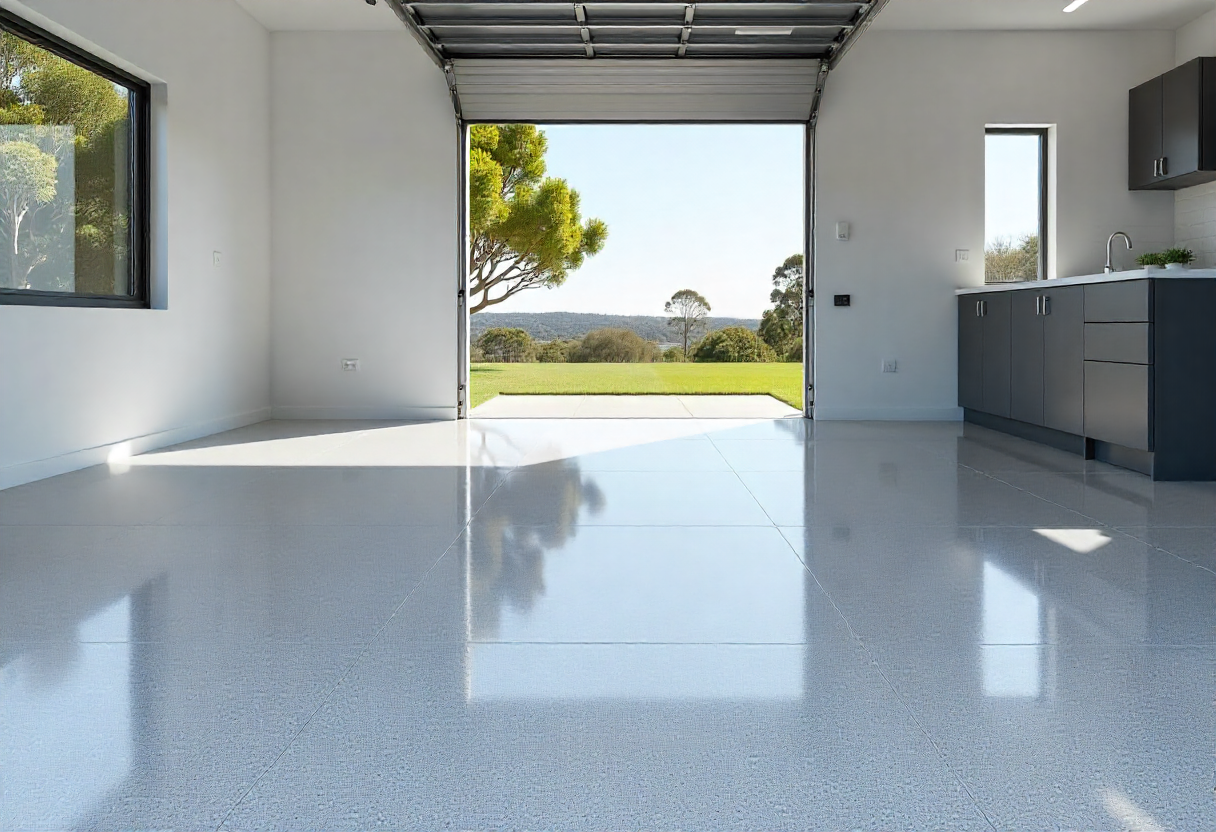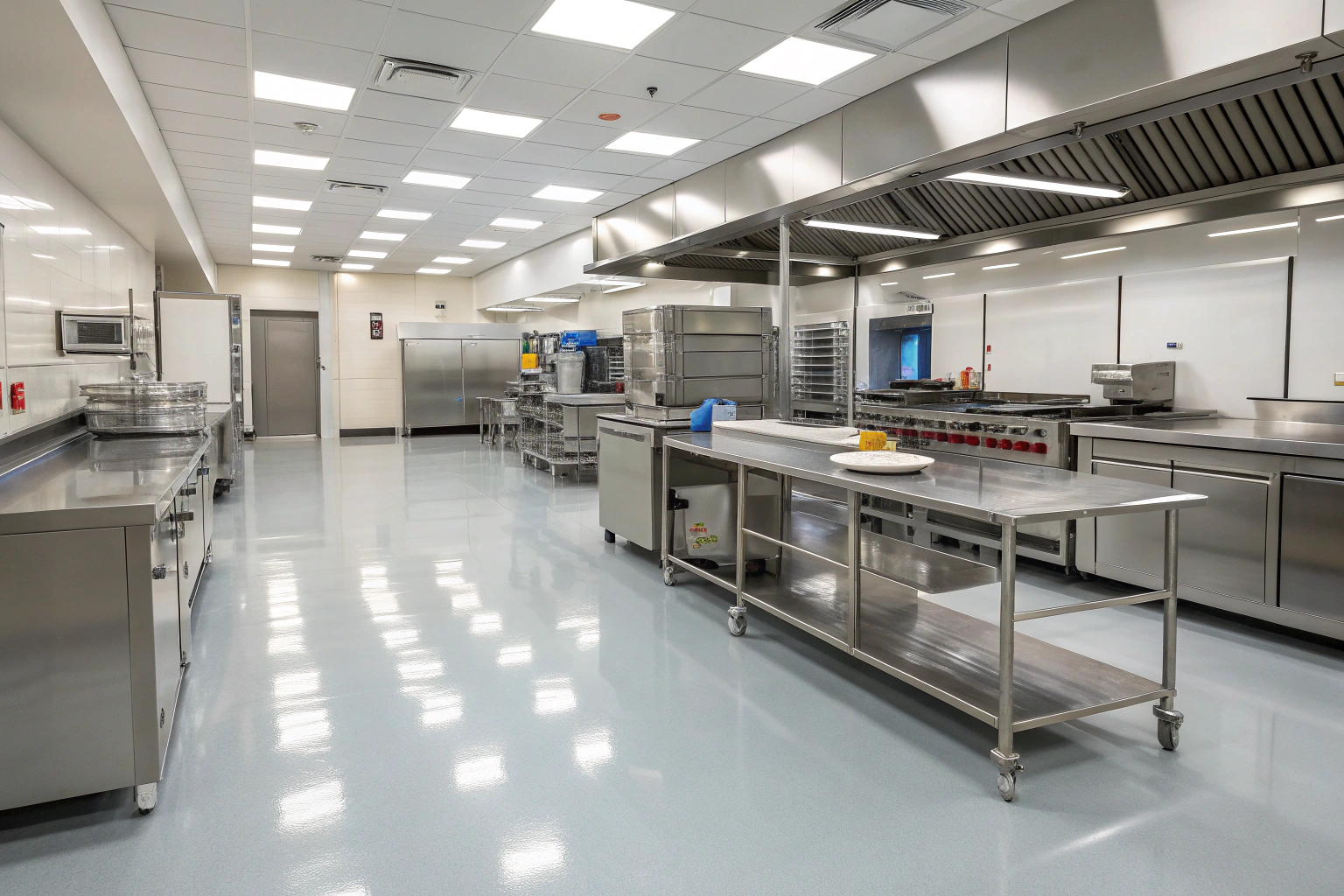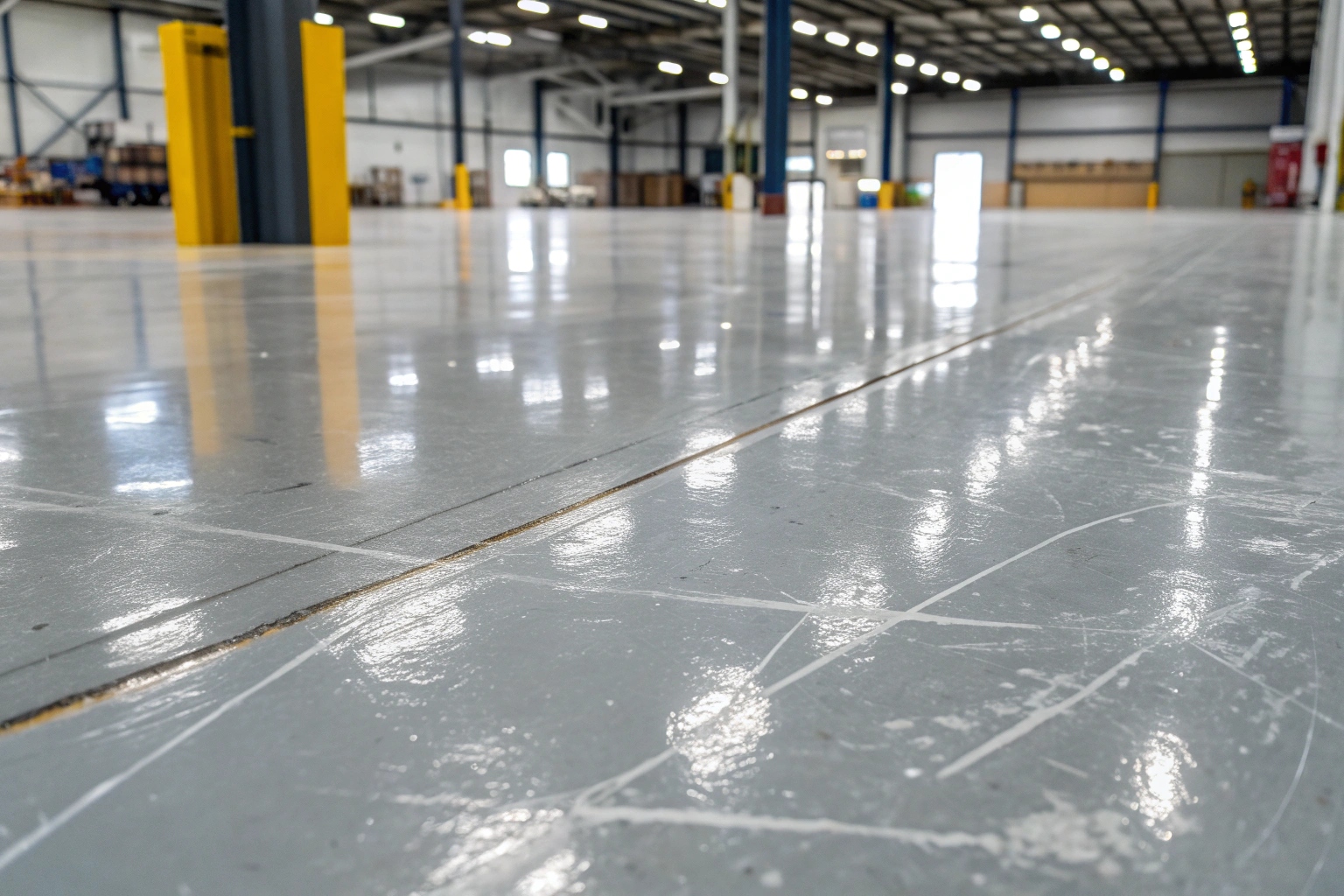About Our Flinders Epoxy Flooring Services

When you choose our epoxy flooring services in Flinders, you’re partnering with specialists who understand the unique characteristics of this rapidly growing coastal suburb. We’ve been transforming Flinders homes since the area began its significant residential expansion, and we’ve developed solutions specifically tailored to the modern architectural styles and environmental conditions that define this beautiful part of Shellharbour.
Our team has completed hundreds of epoxy flooring installations throughout Flinders, from the contemporary new builds in the northern developments to the established family homes closer to Shellharbour Village. We know that Flinders homeowners expect premium finishes that complement their investment, and we deliver exactly that with every project.

Epoxy Flooring Solutions for Flinders Homes
Flinders homeowners have diverse flooring needs, and our comprehensive range of epoxy solutions addresses every requirement. Whether you’re putting the finishing touches on a new construction or breathing new life into an existing property, we offer specialized epoxy systems designed to enhance both form and function.

Garage Floor Epoxy for New Flinders Developments
The surge of new home construction in Flinders has created significant demand for premium garage flooring solutions. New homeowners investing in quality properties deserve garage floors that reflect that same standard of excellence. Our residential garage epoxy systems transform bare concrete into stunning, functional spaces that resist oil stains, tire marks, and the wear-and-tear of daily vehicle traffic.
We offer multiple finish options to complement your home’s aesthetic—from classic solid colors that provide clean, professional appeal to sophisticated flake systems that add visual depth and texture. For Flinders homeowners with workshop areas or home gyms in their garages, our heavy-duty formulations provide exceptional impact resistance and durability.

Pool Deck & Outdoor Epoxy Coatings
Flinders’ proximity to Shell Cove and the coastline means many properties feature stunning outdoor entertaining areas and swimming pools. Our specialized outdoor epoxy coatings create safe, attractive surfaces around pool decks, alfresco dining areas, and patios. These systems incorporate anti-slip additives that provide crucial traction in wet conditions while maintaining a beautiful finish that enhances your outdoor living experience.
Unlike traditional concrete or pavers, epoxy pool surrounds remain cooler underfoot during summer, resist chlorine and saltwater damage, and require minimal maintenance—perfect for busy families who want to spend time enjoying their outdoor spaces rather than maintaining them.

Modern Home Epoxy Solutions




Benefits of Professional Epoxy Flooring in Flinders
Why Flinders Residents Choose Our Epoxy Flooring Services
We’re Bulli’s trusted epoxy specialists, combining local expertise, premium products, and transparent service to deliver long-lasting results for coastal properties.
Getting Started with Your Flinders Epoxy Flooring Project
While Flinders is a core service area, we also proudly serve Shell Cove, Shellharbour Village, Blackbutt, Oak Flats, and surrounding Illawarra communities. Our local presence means quick response times, competitive pricing, and the personalized service that only a community-focused business can provide.
Ready to see what professional epoxy flooring can do for your Flinders property? Contact us today to schedule your free consultation and take the first step toward beautiful, durable floors that enhance your home for decades to come.
FAQs About Epoxy Flooring in Flinders
Can an epoxy floor be done in one day?
In Flinders’ coastal climate with our humidity levels, proper surface preparation is absolutely critical, and we need adequate time between coats for proper adhesion. Our standard 2-3 day process accounts for Flinders’ environmental conditions and ensures your floor will last 15-20 years rather than failing within months. Day one focuses on meticulous surface preparation, day two we apply base coats, and day three we finish with topcoats. For busy Flinders families, I know waiting an extra day or two feels inconvenient, but it’s genuinely the difference between a floor you’ll love for decades and one that disappoints you within a year.
Why is my epoxy floor still tacky after 24 hours?
If you’re dealing with a tacky epoxy floor in your Flinders home after 24 hours, our coastal humidity is often the main culprit—high moisture in the air significantly slows the chemical curing reaction. Temperature also plays a role, particularly in winter when garages near Shellharbour Village don’t get much sun, or conversely during extremely hot days without proper ventilation. Improper mixing ratios between hardener and resin can create soft or tacky spots, which is why I always recommend professional installation over DIY kits for Flinders properties. If your floor is still tacky after 48 hours in normal conditions, something has gone wrong and you should contact your installer immediately. A properly installed epoxy floor in Flinders should be firm to the touch within 24 hours, even accounting for our coastal humidity.
How do you know when an epoxy floor is fully cured?
Fully cured epoxy reaches maximum hardness and chemical resistance after about 7 days in Flinders’ typical coastal conditions, but there are clear indicators to know you’ve reached that point. The smell test is reliable—when your garage no longer has that distinctive chemical odor (usually around day 5-7), you’re approaching full cure. For the hardness test, press firmly with your thumbnail in an inconspicuous corner after 7 days—if it leaves any impression at all, give it another day or two. During Flinders’ warmer months (November-March), full cure might happen slightly faster around 5-6 days, while cooler months near Shellharbour Village might need the full 7 days or longer. The practical benchmark I give Flinders homeowners is light foot traffic after 24 hours, vehicle traffic after 72 hours, but wait the full 7 days before exposing your floor to chemicals, dragging heavy furniture, or parking hot vehicles to ensure perfect long-term performance.
How soon can I pour a second layer of epoxy?
The recoat window for epoxy is actually time-sensitive, and getting it right matters significantly for Flinders installations exposed to our coastal conditions. Most professional epoxy systems have an ideal recoat window between 4-24 hours after the previous coat, when the surface is hard enough to walk on but still has enough chemical activity to bond with the next layer. If you wait beyond 24-48 hours in Flinders’ climate, the first coat fully cures and you’ll need to lightly sand the surface to create mechanical adhesion for the next layer. This timing is why our 2-3 day installation schedule works perfectly—we apply coats within their optimal bonding windows while respecting cure times between layers. For Flinders homeowners attempting DIY repairs or touch-ups, I always recommend consulting your product’s specific technical data sheet because different epoxy formulations have different recoat windows, and our humidity can affect timing.
How long before you can put furniture on an epoxy floor?
For Flinders homeowners setting up workshop areas, home gyms, or storage systems in their newly epoxied garages, I recommend waiting 72 hours before placing furniture or heavy equipment on the surface. At 72 hours the epoxy has sufficient hardness to support weight without creating permanent indentations, though it hasn’t reached full cure yet. If you’re placing extremely heavy items like loaded metal shelving units, vehicle lifts, or heavy machinery—which I see often in Flinders properties with serious workshops—waiting the full 7 days ensures maximum hardness and prevents any possible compression marks. For homes near Shell Cove where humidity can extend cure times slightly, that extra caution is worthwhile. One tip I share with Flinders clients: if you must place furniture earlier, use furniture pads or plywood under the legs to distribute weight broadly rather than concentrating it on small contact points.
